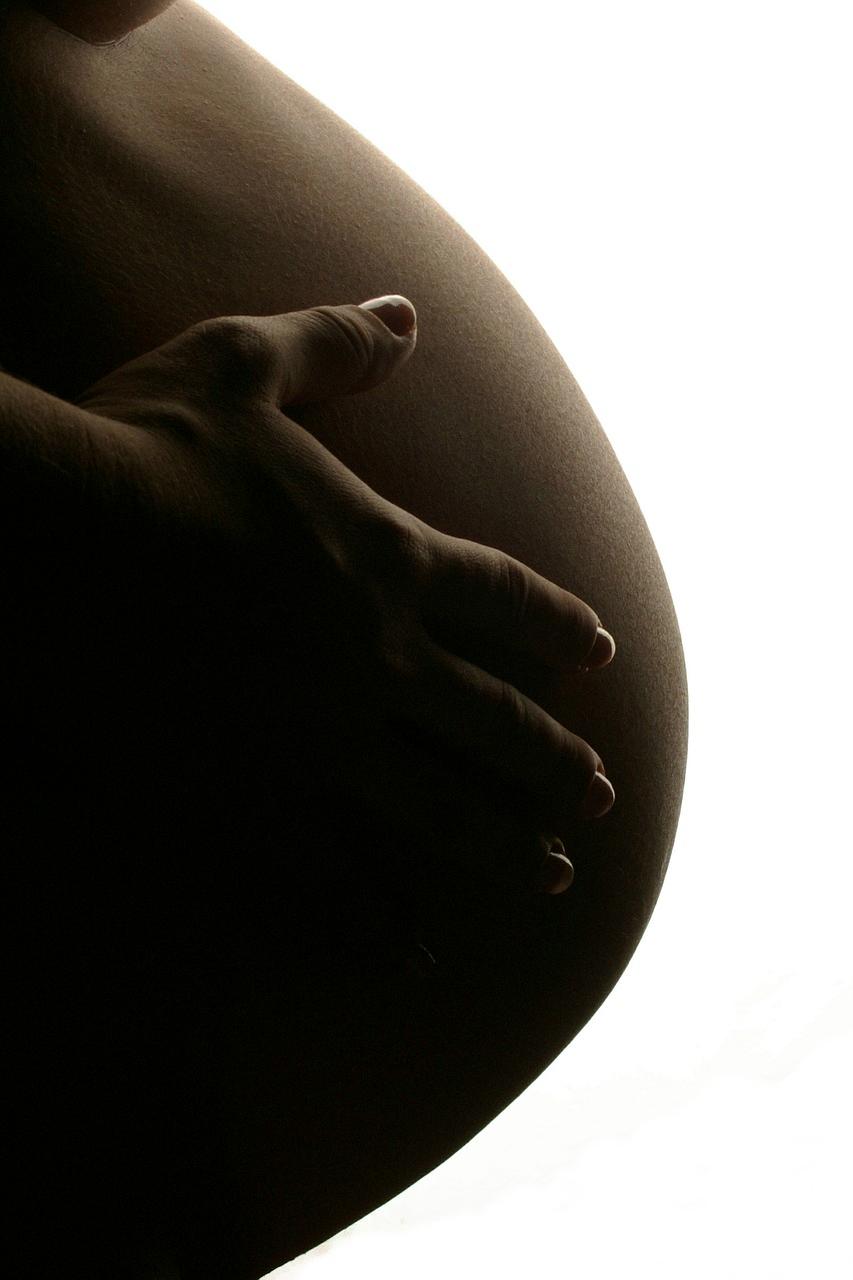After undergoing a D&C (dilation and curettage) procedure, it is important to give your body adequate time to heal and recover. One common question that often arises post-procedure is when it is safe to engage in sexual activity, including having an orgasm.
It is generally advised that individuals wait for a period of 1-2 weeks after the bleeding from the D&C has ceased before considering resuming sexual activity. This waiting period is crucial as it allows your body to heal and reduces the risk of developing infections, which can be more prevalent during the time of bleeding.
Furthermore, it is essential to be mindful of the fact that after a D&C, you may start ovulating as early as 2 weeks post-procedure. This is a crucial consideration when contemplating the timing of resuming sexual activity, including having an orgasm.
While physical healing is a significant aspect to consider, it is also important to address the emotional component of recovery post-D&C. The procedure may have emotional implications, and it is crucial to prioritize your mental well-being before engaging in intimate activities that may also have emotional components, such as orgasm.
Individual experiences and recovery times may vary, so it is vital to communicate openly with your healthcare provider regarding when it might be safe for you to resume sexual activity. They can offer personalized guidance based on your specific situation and ensure that you are physically and emotionally ready.
In addition to considering physical healing and emotional readiness, it is advisable to start slowly when reintroducing sexual activity after a D&C. This approach can help gauge your comfort levels and ensure that you are not pushing yourself too soon. Remember, it is essential to listen to your body and prioritize your well-being.
It is also worth noting that abstaining from sexual activity for a period following a D&C is a common recommendation to allow for proper healing. While the waiting period may vary for each individual, it is generally advised to wait until any discomfort or abnormal bleeding has subsided before considering intimate activities.
Some individuals may experience anxiety or apprehension about resuming sexual activity after a D&C. It is crucial to address these feelings openly and seek support from your partner, a therapist, or a healthcare provider if needed. Your emotional well-being is just as important as your physical healing.
Engaging in open and honest communication with your partner about your feelings and concerns regarding sexual activity post-D&C can help foster a supportive and understanding environment. It is essential to prioritize mutual respect, consent, and comfort when navigating intimacy after a medical procedure.
Each person’s recovery journey is unique, and there is no one-size-fits-all answer to when it is safe to have an orgasm after a D&C. Trust your instincts, listen to your body, and seek guidance from healthcare professionals to ensure that you make informed decisions that prioritize your health and well-being.
In conclusion, the timing of when it is safe to have an orgasm after a D&C varies for each individual and depends on factors such as physical healing, emotional readiness, and personal comfort levels. Prioritize open communication, self-care, and seeking guidance from healthcare providers to navigate this aspect of your recovery journey with care and consideration.

